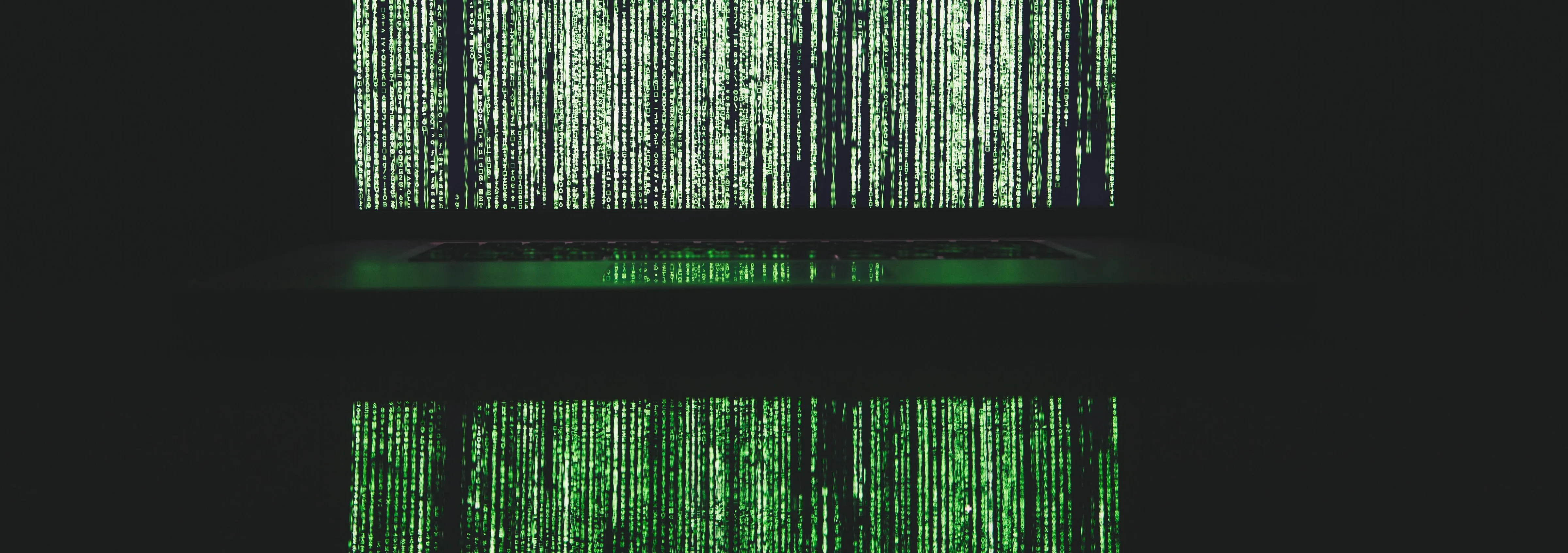Cybersecurity — in Pop Culture vs “Reality”
 In a world of code, truth is hidden between the lines.
In a world of code, truth is hidden between the lines.
What Mr. Robot Got Right.
“The world is a dangerous place, Elliot… not because of those who do evil, but because of those who look on and do nothing.” — Mr. Robot
When it comes to hacking in pop culture, we’re used to flashy interfaces, green code pouring down like rain, and someone screaming, “I’m in!” But then Mr. Robot arrived — gritty, grounded, and almost too real.
Unlike most hacker shows, it didn’t just play dress-up. It rolled up its sleeves and got the details right. So, let’s explore what Mr. Robot got stunningly accurate about cybersecurity — and what it still stretched a bit for the drama.
Let’s break it down.
🧠 1. Real Tools, Real Hacks
Mr. Robot doesn’t just drop random techy words — it uses actual tools real hackers use:
- Kali Linux — The go-to OS for penetration testers.
- Metasploit — Used to find and exploit system vulnerabilities.
- John the Ripper — A legit password-cracking tool.
- Raspberry Pi hacks — Used for USB drop attacks or to set up backdoors.
It’s like a hacker’s dream playlist. These aren’t fantasy props — they’re tools you can download and use (ethically, please 🙃).
🏢 2. Social Engineering — The Silent Weapon
Forget brute-forcing passwords. In Mr. Robot, Elliot often manipulates people, not just code. From phishing calls to pretending to be a tech support guy, he uses social engineering — which is actually how many real-world breaches happen (think: Twitter’s 2020 hack or the Uber breach).
The show reminds us: Humans are the weakest link in security.
🧨 3. Hacks Take Time — No 10-Second Break-ins
In most shows, hackers press a few keys and “access granted” pops up. Mr. Robot shows that:
- Hacks require reconnaissance, planning, and exploiting multiple small weaknesses.
- Sometimes the hacker fails and has to try again (like the femtocell attack in Season 1).
- Attacks like DDoS or ransomware are shown realistically, not just as “evil magic.”
It’s slow, methodical, and suspenseful — just like real hacking.
🎭 4. Mental Health and the Hacker Mindset
Elliot isn’t your generic hoodie-wearing genius. He struggles with anxiety, dissociation, addiction, and trust issues. It doesn’t romanticize his isolation — it explores the psychological toll of living in a world where nothing feels secure.
While not every hacker is like Elliot, the show opens up important conversations about mental health in tech, often ignored in pop culture.
❌ What It Still Got Wrong (A bit)
Okay, okay — not everything was perfect:
- Some hacks happen a bit too quickly, even for a genius like Elliot.
- The FSociety mask movement felt more like a movie rebellion than a real-life op-sec-approved strategy.
- Real hackers would probably be more paranoid about surveillance and cover tracks more aggressively.
But hey — it’s still a show. A little drama is allowed!
🎬 Final Thoughts: Hacking Done Right
While most pop culture treats hacking like a magical power, Mr. Robot is a rare gem that gets most of it right. It’s a great watch for tech lovers, cybersecurity students, or anyone curious about how digital power works in the shadows.
And if you find yourself Googling “how to install Kali Linux” after watching — don’t worry, we’ve all been there 😉.
🧠 TL;DR:
Mr. Robot isn’t just entertainment — it’s one of the most realistic portrayals of hacking and cybersecurity in modern pop culture. If you’re serious about cybersecurity, it’s almost a study guide wrapped in drama.